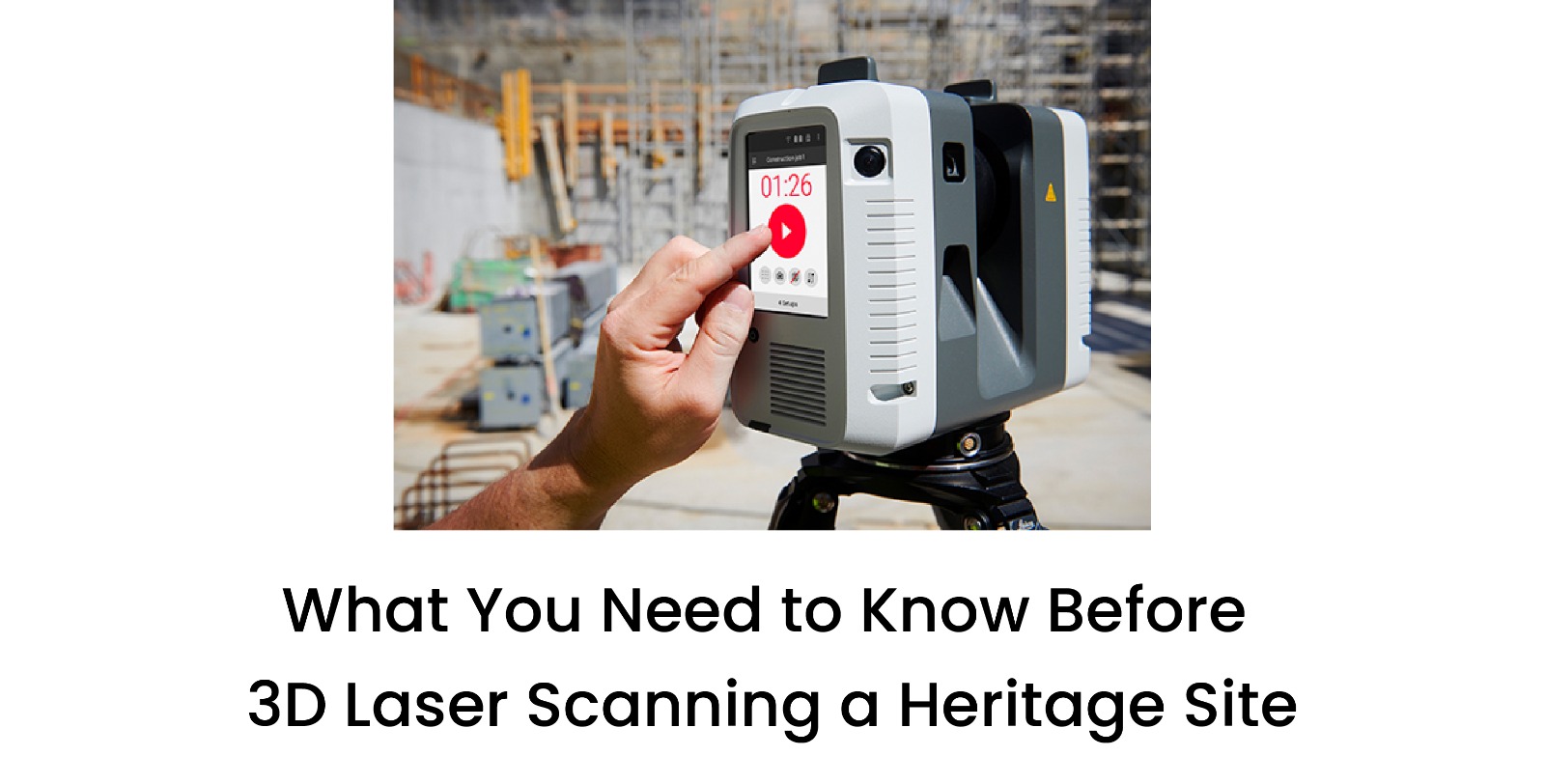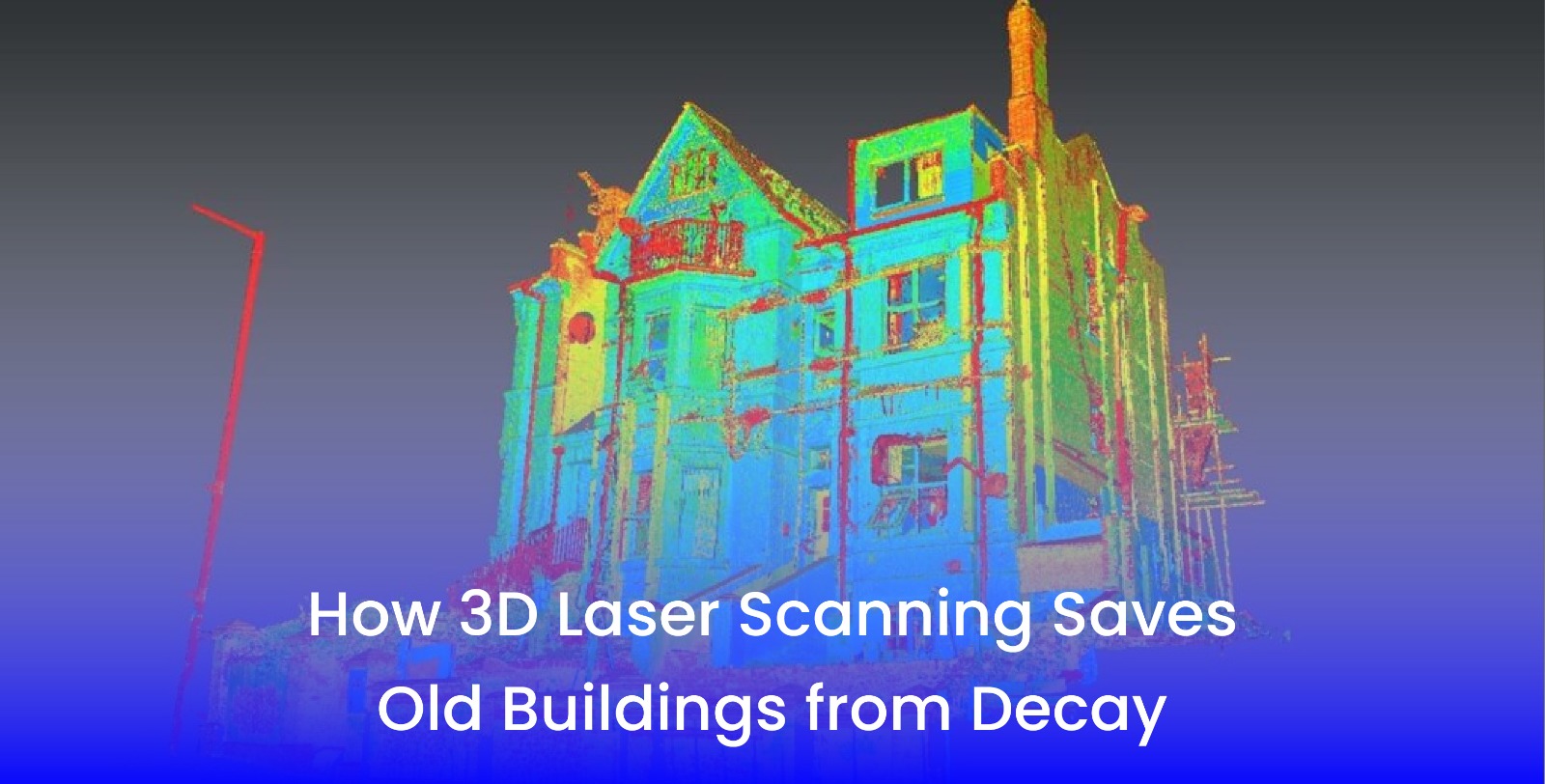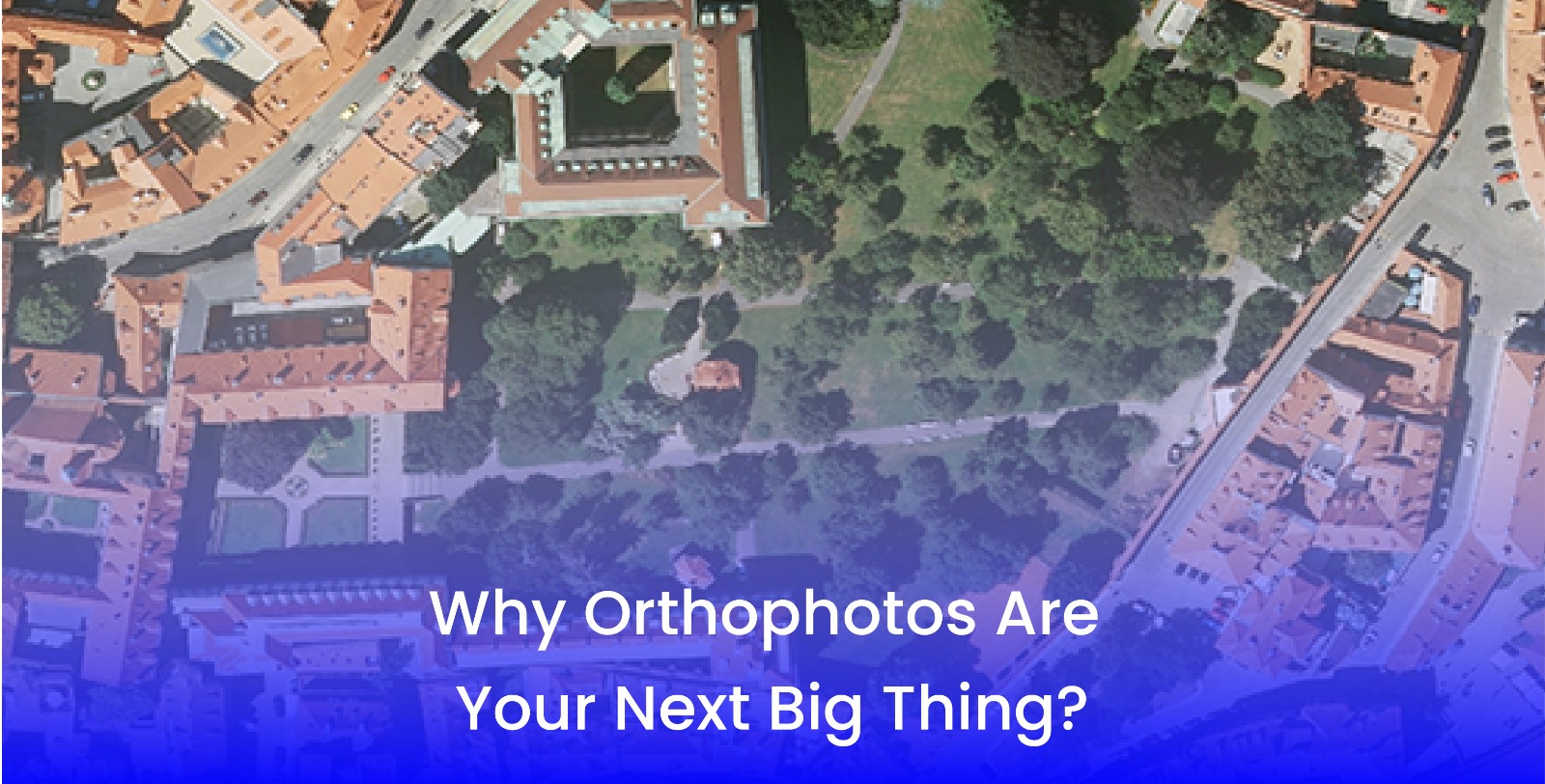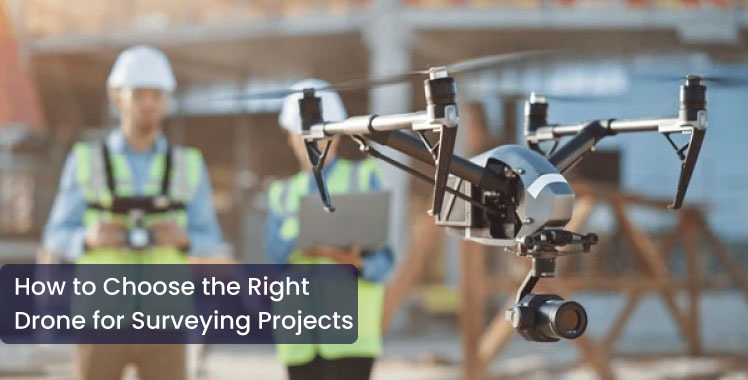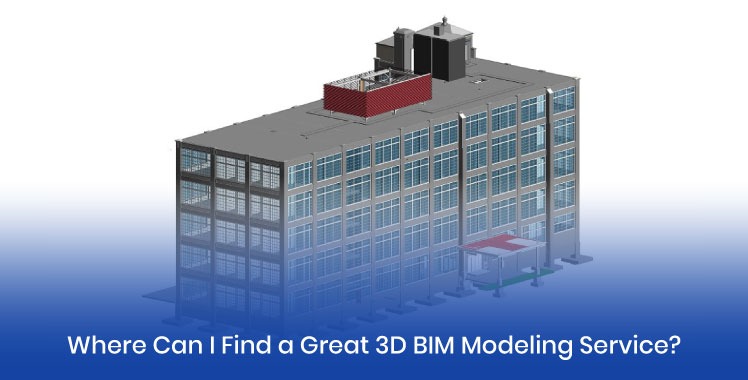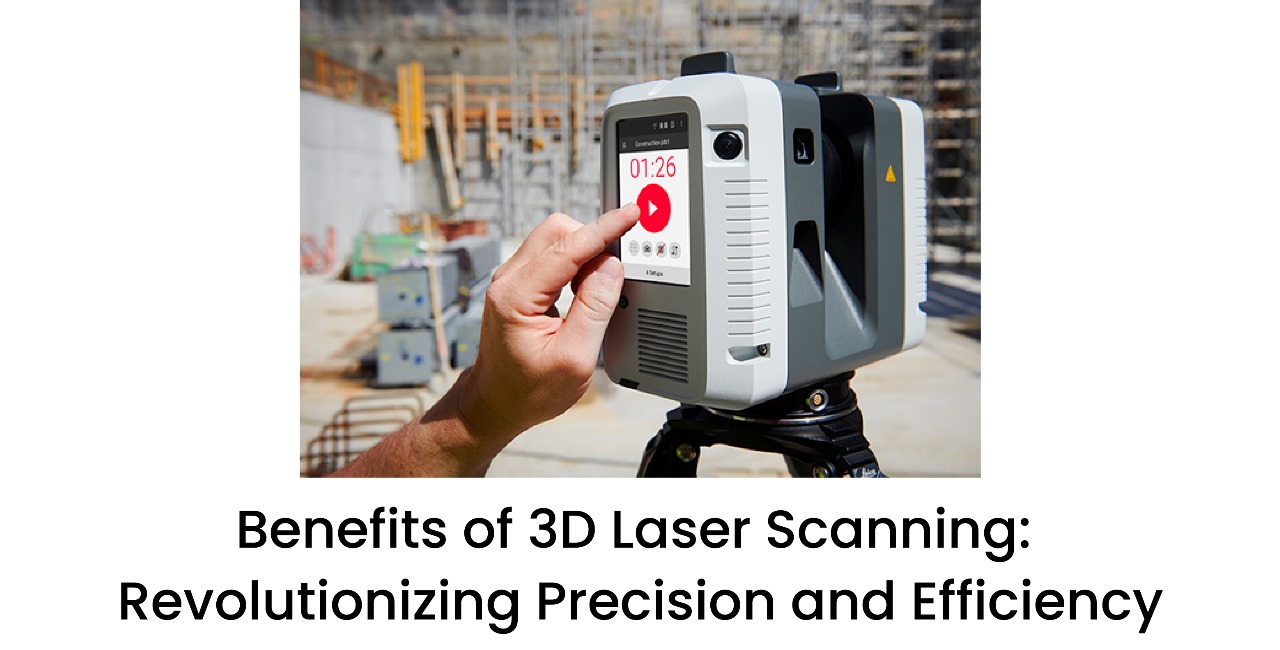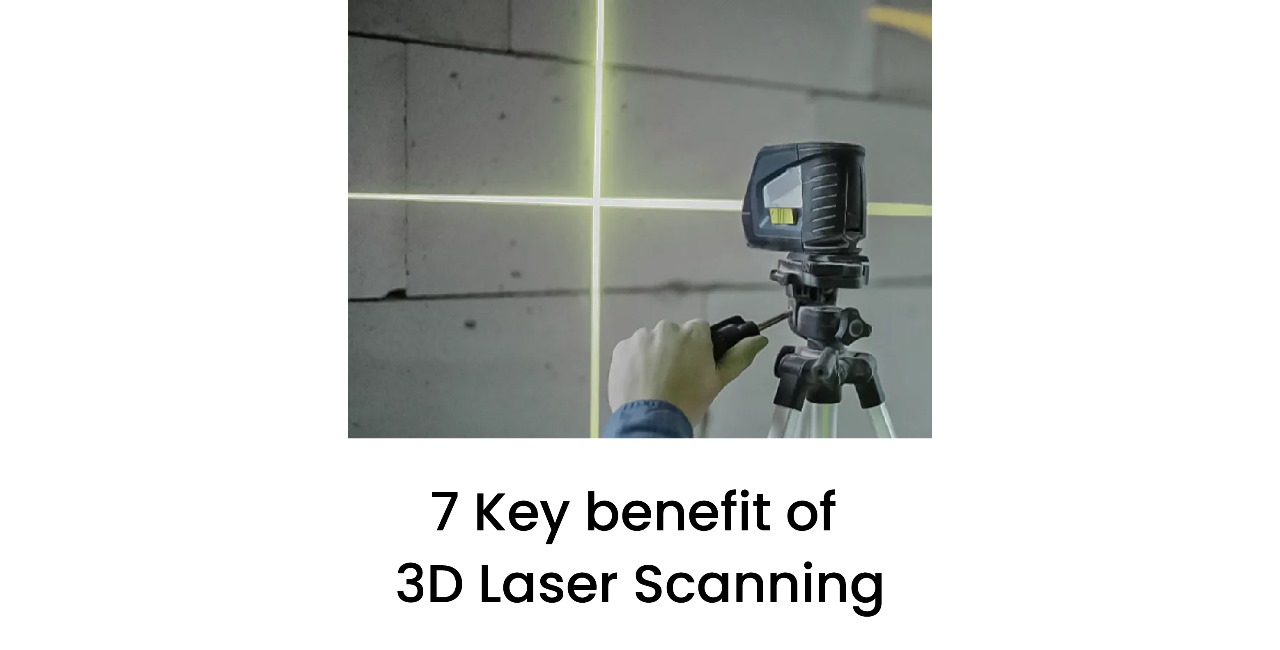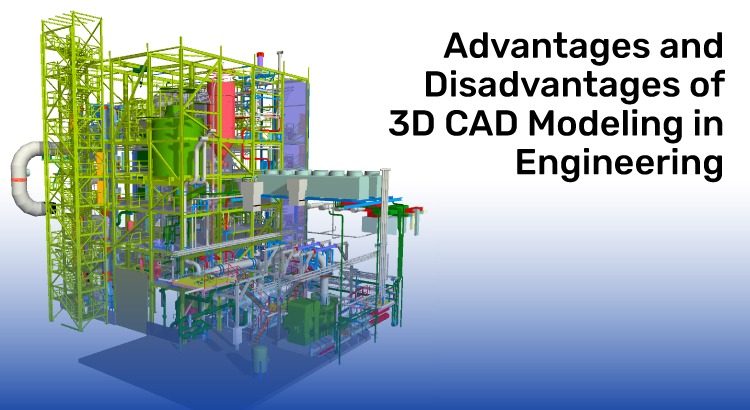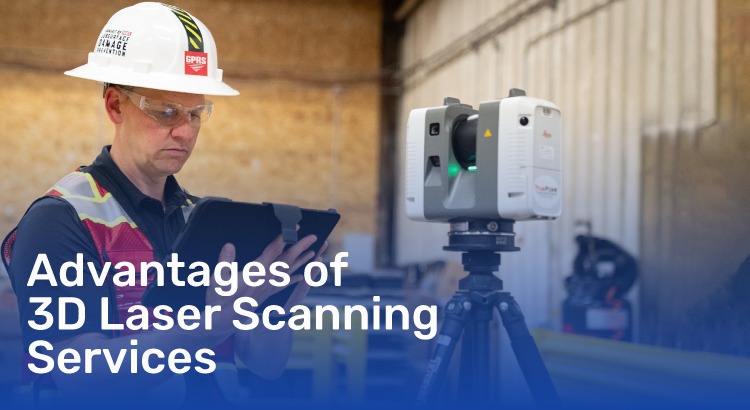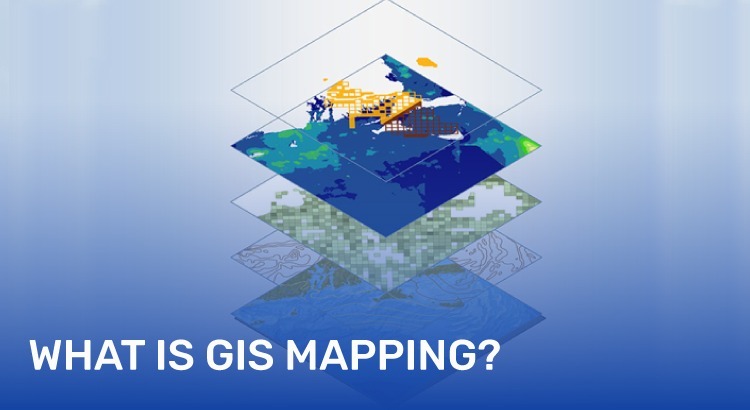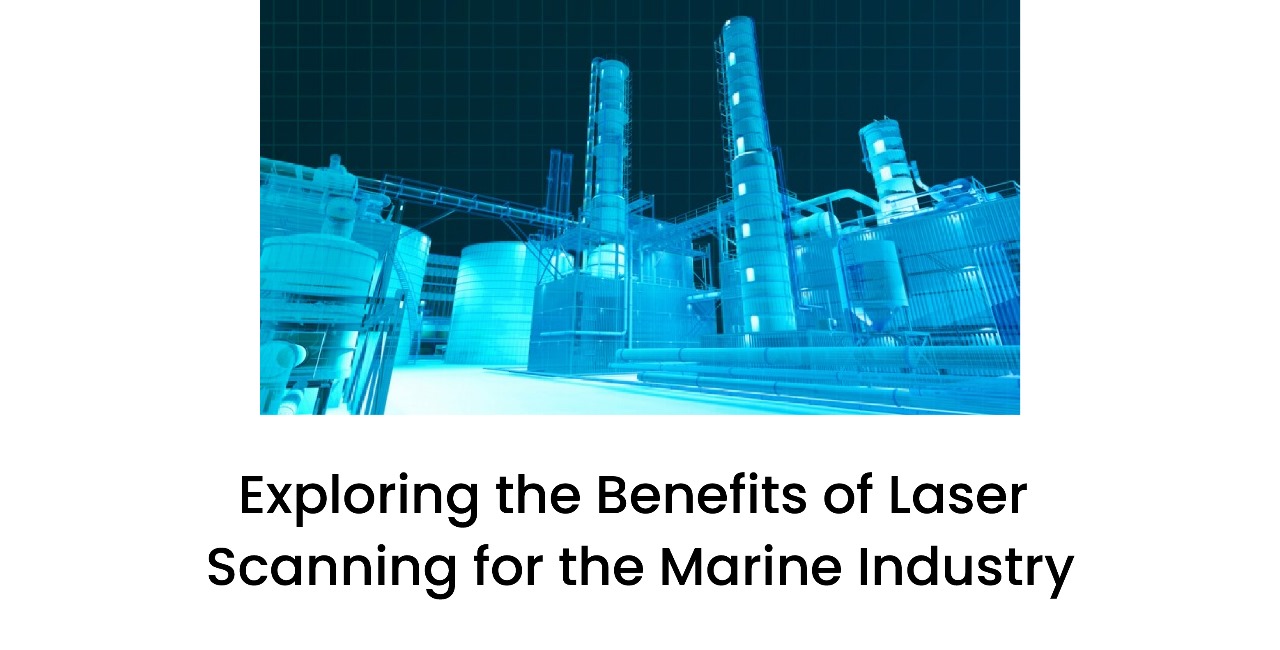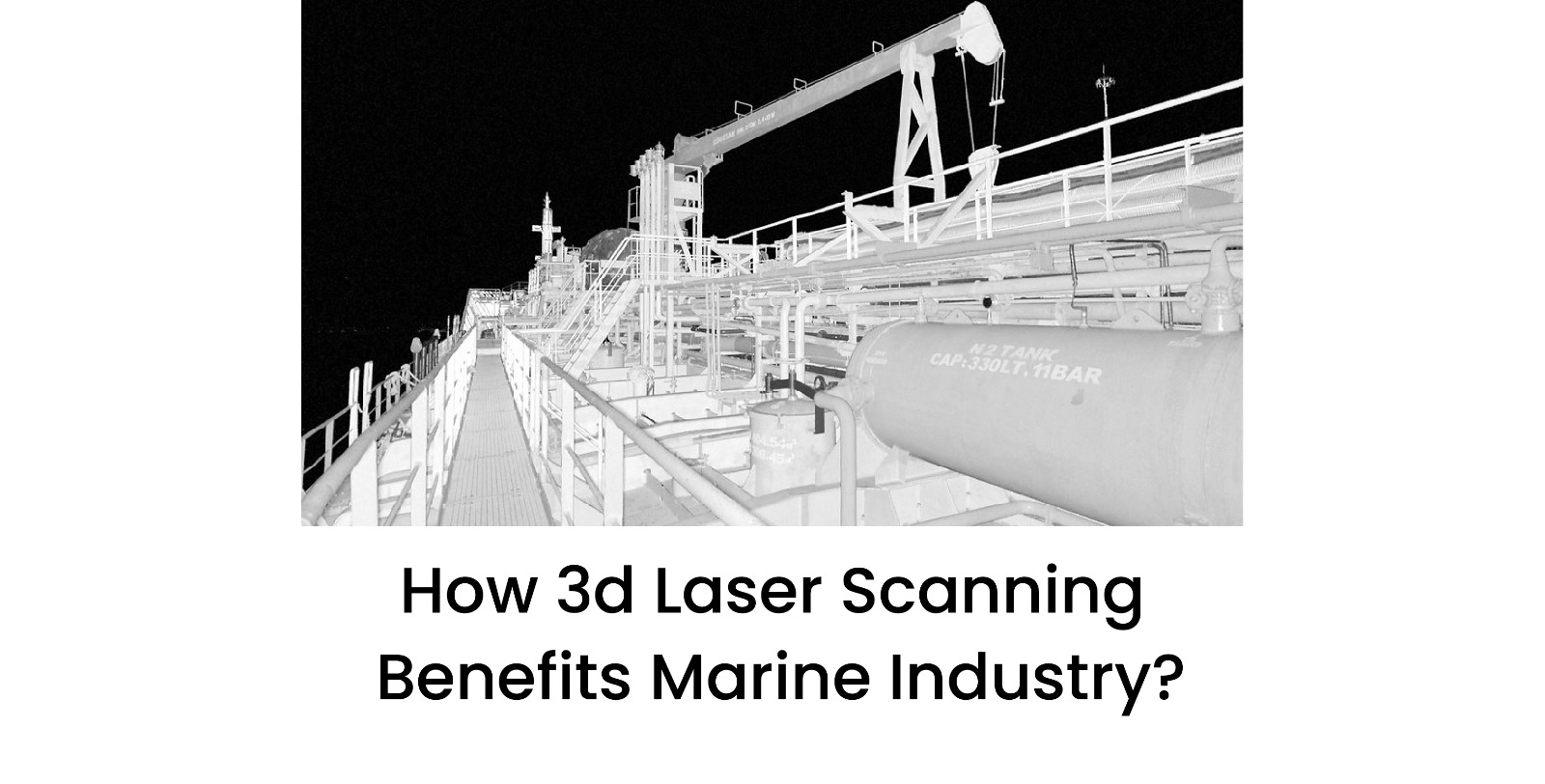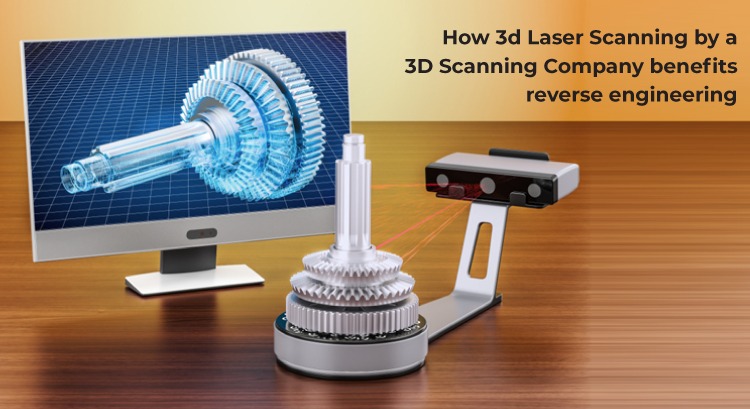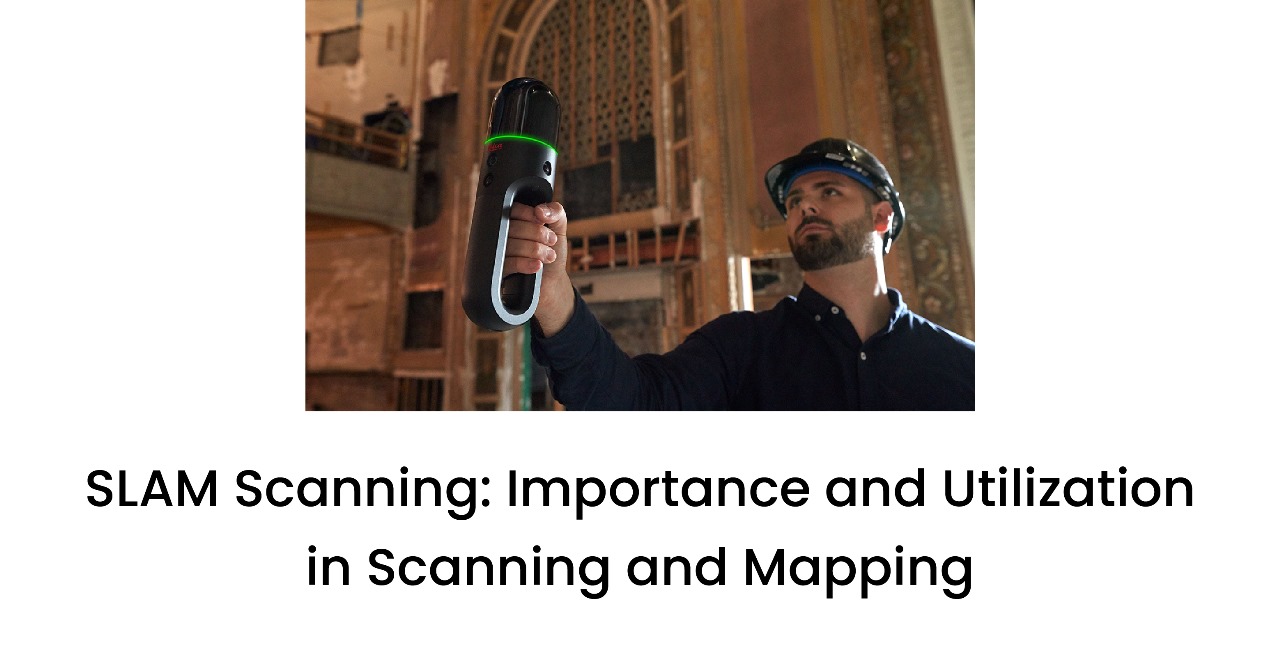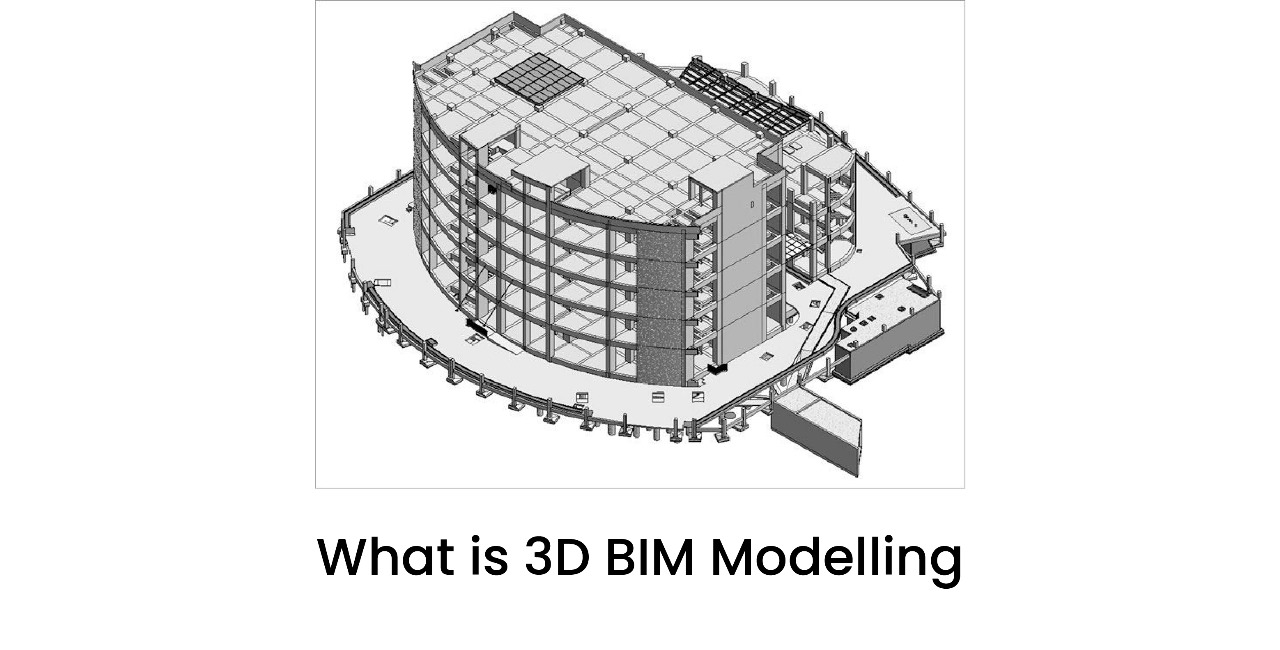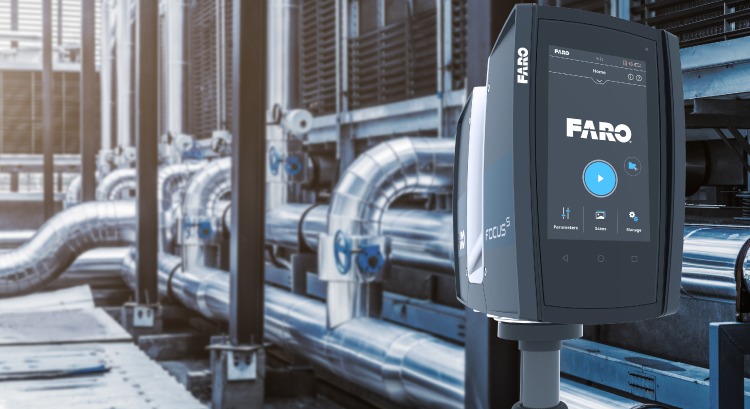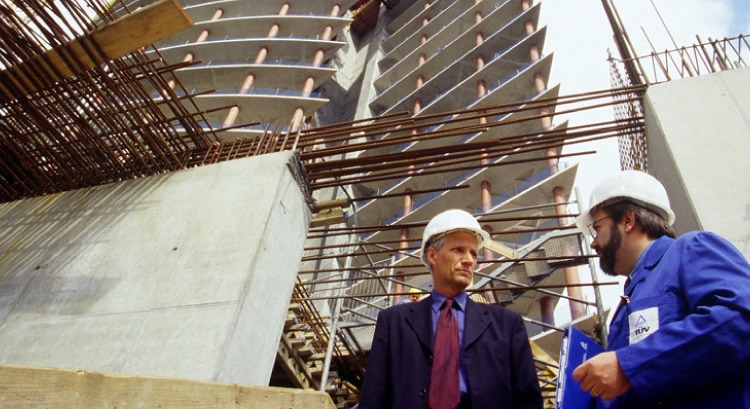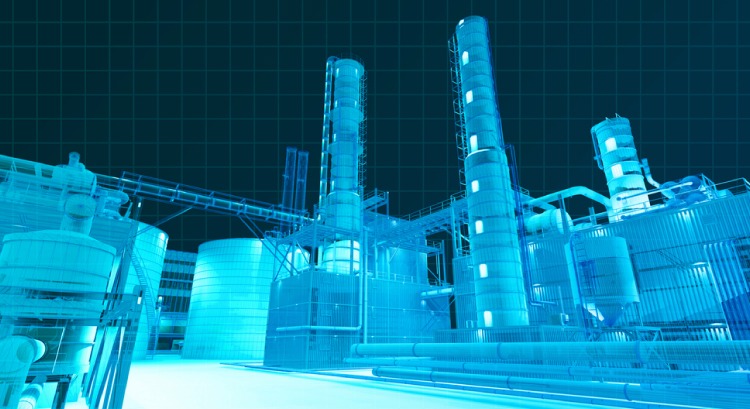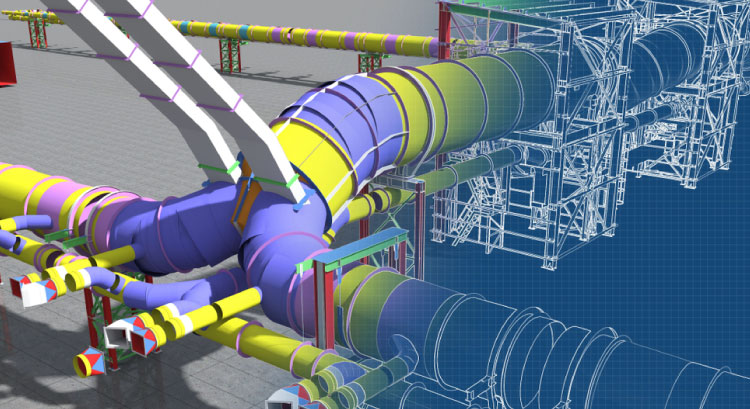What You Need to Know Before 3D Laser Scanning a Heritage Site
- 22 May 2025
Our heritage requires accuracy, precision, and appropriate technology. It is for this reason that there is 3D laser scanning for heritage a technological solution for documenting and conserving historic buildings. As an architect, conservator, or restorer, understanding how to approach 3D scanning for heritage sites can lead to more preferable outcomes and long-term value.
At 3D Pointshot, we specialize in precise and non-destructive solutions for scanning that preserve cultural heritage. The below is what you should know prior to beginning a heritage scanning project and why.
Why 3D Laser Scanning for Heritage Matters
3D laser scanning is a very precise, non-destructive means of capturing the physical details of historic structures. Delicate facades, intricate interiors laser scanning offers a complete digital archive without harming the site in any fashion. It is hence an ideal tool for restoration, research, and digital conservation.
Main Advantages of Proper 3D Laser Scanning of Historic Buildings
1. Accurate and Detailed Documentation
Properly executed 3D laser scanning for heritage structures records all the contours, textures, and details of a building with precision to the millimeter level. This digital copy serves as an accurate reference for restoration project architects, engineers, and conservators.
2. Non-Invasive Preservation
Traditional measurement methods can damage fragile structures. Laser scanning is non-contact and safe, ensuring that historical value is preserved while still obtaining the data needed for planning or renovation.
3. Time and Cost Savings
Through enabling automated data capture and minimizing manual measurement requirements, 3D scanning saves significant time and labour cost. From a single scan, you get full data that is used by various departments.
4. Improved Planning and Visualization
The data from 3D scans can be used to create CAD models, 3D renderings, and virtual walkthroughs. This helps in better project planning, public engagement, and visual context for decision-making.
Think These Through Before You Begin
1. Site Condition and Accessibility
Every heritage site poses different challenges. Limited access, sensitive materials, and tight corridors can dictate how scanning should be performed. To ensure secure and effective data collection, a site survey is incorporated.
2. Conservation and observance of the law
Many historic buildings are protected by the law. Before scanning, ensure all rights are acquired. We help you comply with law related to historical conservation.
3. Data Storage and Management
Data scanned needs to be safely stored and made available for future reference if needed. Our experts assure your documents well organized and accessible in various formats appropriate for storage and sharing purposes.
Conclusion
Thorough planning and execution of 3D laser scanning of historical places present vast benefits ranging from preservation of cultural identity to enabling proper restoration. At 3D Pointshot, your scanning project is finished with accuracy, respect, and great concern for historical value.
Whether you are scanning a monument or rehabilitating an aged landmark centuries old, accurate scanning of 3D laser scanning historic buildings is the key to sustainable preservation. Let us help you bring history to the digital age.
Do you want to digitally preserve your site of heritage? Call 3D Pointshot now for a free consultation.

